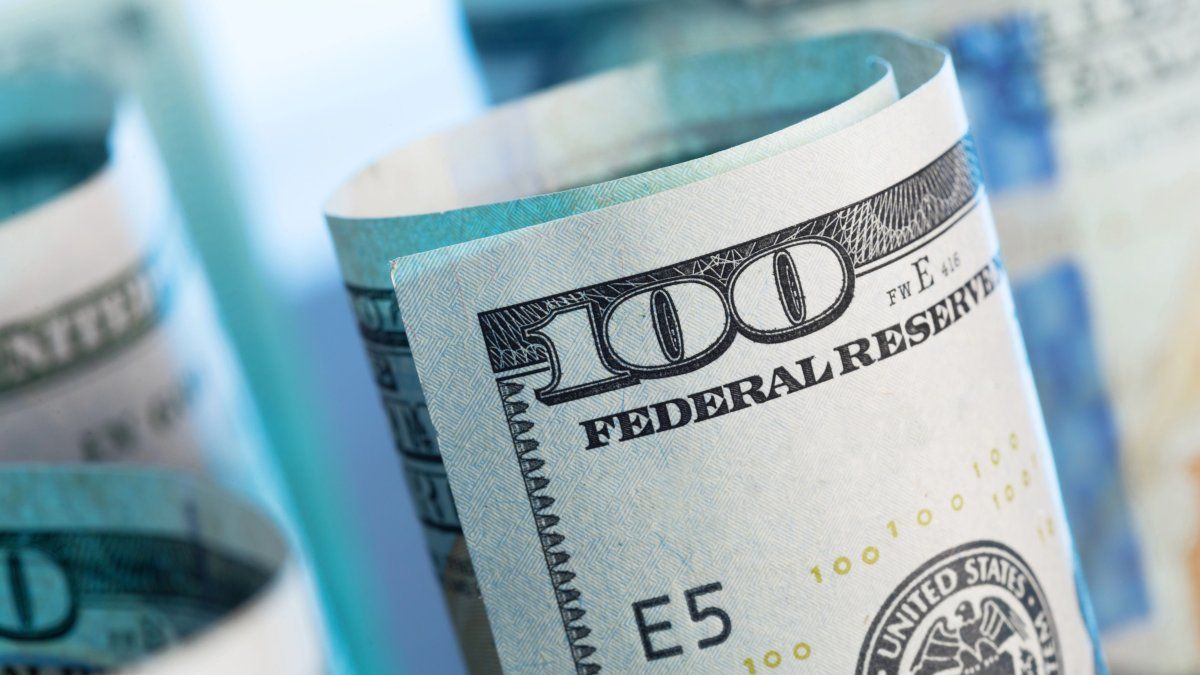Beyond the loss of competitiveness, the specialists perceive other factors that could lead the monetary authority to accelerate the “crawling peg”.
On the one hand, according to the average of the last 10 years, February It is usually the month with the lowest liquidation of foreign exchange for exports, since it is an intermediate period between the fine harvest of wheat, and the heavy harvest of soybeans and corn.which starts in April.
“This week, the agro-export sector liquidated US$680 million, the highest value since the beginning of January. But, the rise is explained by the sharp drop in the week prior to the understanding with the IMF, where the acceleration of the gap led to a postponement of short-term liquidations”, he clarified to this medium John Paul Albornozanalyst at the consulting firm Ecolatina.
In that sense, the economist remarked that in the last 20 rounds they settled at a lower rate than in December. “It is expected that the supply of foreign currency will continue to decline in the coming weeks. This lower supply is going to put pressure on the BCRA in the foreign exchange market. In favor of the Central Bank, this month it faces lower debt maturities than in January, both with International Organizations and with bondholders (they do not cut coupons in February),” he said.
In parallel, the demand for pesos tends to normalize in the first quarter after the seasonal increase in December for the need to pay bonuses, for vacations, or for the payment of annual taxes, among other issues.
This combo may cause the monetary authority to be forced, if it wants to maintain the pace of devaluation in recent weeks, to accelerate the loss of reserves to supply a firm demand in the foreign exchange market, both for savings and to pay for imports or private debt maturities.
“In recent times, the official dollar runs at a rate of around 3.2% effective monthly: surely it aims to accelerate this dynamic a little more, as a nod to the IMF”Albornoz said.
Ecolatin Dollar Evolution
In the same vein, the member of the Center for Argentine Political Economy (CEPA), Leandro Ziccarellimaintained that “the acceleration of the crawling peg is a fact, both by decision of the BCRA, as well as by request of the IMF, and as a result of the short-term situation.”
The shortage of dollars is clear when the coffers of the entity chaired by Miguel Pesce are analyzed. After payments to the IMF this week for about US$1.1 billion, net reserves, that is, those that do not have a liability as a counterparty, fell below US$1.0 billion (a number that can vary depending on the different ways of calculating them).
“There are practically no balances to intervene without affecting some liability in dollars (either using gold as collateral, some REPO, etc.),” Ziccarelli deepened.
Added to this complicated scenario is a drought that could affect the harvest and reduce foreign exchange earnings. The Cereal Exchange lowered its estimate for the soybean harvest from 44 million tons to 42 million.
However, a report by a renowned consultant projected that the value of the harvest would fall very little compared to last year, due to the recovery in prices, and that the drought would not be comparable to that of 2018.
In this context, the director of Ánker Latin America, Federico Furiaseremarked in conversations with Ámbito that the BCRA is in a trade off since, on the one hand, it must prevent the real exchange rate from continuing to appreciate in order not to have problems on the trade surplus side and to try to reduce the exchange rate gap” but, on the other hand, an acceleration of the dollar would be transferred to an inflation that already has an inertia with a floor of 3.5% per month.
In that sense, He assured that for there to be a “crawling peg” close to 3%, two things have to happen: that the inflation data is closer to 3% than 4%, and that there is a rise in annual nominal interest rates until 41%/42%.
Ziccarelli agreed on the latter, stating that without a rate hike, the monetary authority will not have much room to adjust the exchange rate. “The (optimistic) target should be a 28-day leliq of around 42%,” he explained.
Regarding the inflation data, the member of the CEPA clarified that when the Central Bank sets the rates it does so “looking forward”, for which a punctual 4% in January would not be decisive if the core inflation continues to be below .
In tune with his colleagues, Albornoz said that a rate hike “opens the field for the Central to accelerate the rate of devaluation and not affect the liquidations of agriculture”, which could.
In short, analysts agree that the lower demand for money, the expected low liquidation of dollars and high inflation, in a context of scarce reserves, put pressure on the BCRA to accelerate the increase in the exchange rate, something that is also requested by the IMF to sustain foreign exchange competitiveness.
However, this decision is not without risks, since it could mean an inflationary jump even higher than the current one. In addition, it should be accompanied by a correction in rates to favor the liquidation of currencies and limit the search for foreign exchange coverage.
Source: Ambito
David William is a talented author who has made a name for himself in the world of writing. He is a professional author who writes on a wide range of topics, from general interest to opinion news. David is currently working as a writer at 24 hours worlds where he brings his unique perspective and in-depth research to his articles, making them both informative and engaging.




